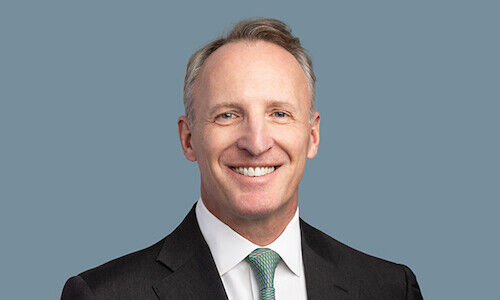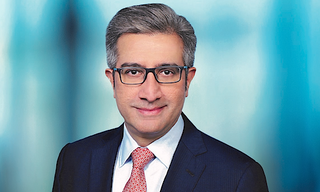An era is coming to an end with UBS chairman Axel Weber's departure. Switzerland's largest bank looks set to have three strong leaders at the top.
Can anyone remember that Tarantino moment with Sergio Ermotti and Axel Weber? When they were striding through the hallways of UBS for the 2016 image campaign «We Are UBS»? (image below). Shoulder to shoulder in dark suits. The only thing missing were two pairs of «Reservoir Dogs» sunglasses from the cult Hollywood gangster film.
Weber's resignation from the board after a decade as chairman at the AGM on 6 April brings the «Webermotti» era to a definitive close.

(Image: Youtube excerpt)
Weber is likely also taking the bank's extroverted pride of having one of the best functioning business models in the wealth management sector with him. As if that was even necessary with the $100 billion U.S. dollars in net new money the bank pulled in 2021.
No «Kellehamers»
Colm Kelleher (image directly below) is expected to be voted in to replace Weber. But is doubtful there will be a «Kellehamers» with CEO Ralph Hamers anytime in the near future (middle image).
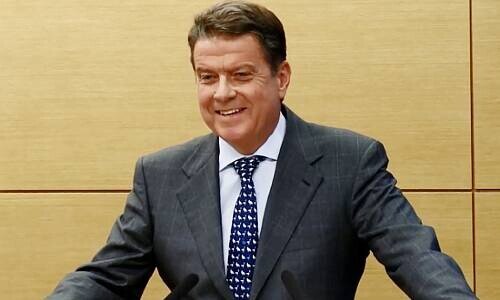
(Image: Keystone)
That is because UBS is likely to be managed by a triumvirate. Sources indicate the designated vice-chairman Lukas Gähwiler will form the third leg of the expected trio managing the world's largest private bank.
The plan is for each of them to have clearly defined areas of influence in order to prevent the relationship souring between any of them, as seemed to be the case with Ermotti-Weber in 2019.
Better than Thought
On one side is Kelleher, the chairman. A Wall Street banker who spent three decades with Morgan Stanley and had its entire operations under him at one point. His candidature was surprising in November but he fits UBS better than thought upon closer examination.
Of all the large American banks, Morgan Stanley is the strongest in wealth management. The U.S. is the most important market for UBS in terms of invested assets and Kelleher knows all the ins and outs of the market by heart. And his extensive network of contacts also raises the prospects for Asian markets, another area of focus for the bank.
All in on Digitalization
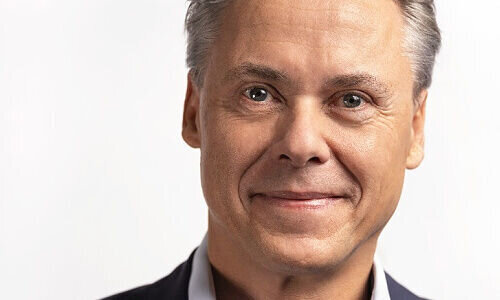
(image: UBS)
Growth and the operative business. That will be Kelleher's purview, giving CEO Hamer free reign to digitally transform the bank and change the way employees work. By the end of 2022, about 20,000 of them should be working under the «agile» method.
Hamer will also emphasize sustainability. This is not as tangible as bits and bytes but Hamer has set concrete targets for the bank in that respect. By 2025, about $400 billion dollars should be invested in sustainable and impact criteria.
Intimate Knowledge
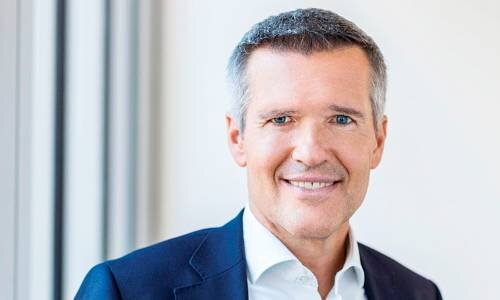
(image: UBS)
Then we have Gähwiler. He was also put forward in November as a guarantor of «Swissness» in UBS management. But many observers think Gähwiler is more than some kind of alibi standing besides Kelleher and Hamers.
He brings an extensive network of domestic contacts thanks to his positions at Digitalswitzerland, several banking associations as well as board mandates at Ringier media and Pilatus Aircraft. He will be taking up all of the Swiss functions and posts that Weber is leaving behind.
The 56 year old knows the Swiss market. He was convinced by then UBS CEO Oswald Grübel to move to UBS from rival Credit Suisse in 2010, where he managed the domestic business until 2016. Since then he has chaired the Swiss entity. His intimate knowledge of the inner workings are going to stand him in good stead given Hamer's plans to strongly digitalize the business over the next few years.
Pathbreaking U.S. Deal
It is also the direction that the whole bank is moving in. UBS is striving for strong growth in its core wealth management business while trying to extend its reach with new clients using digital channels.
One of the key deals is the takeover over robo-advisor Wealth Front in the U.S. It wants to use the fintech to reach a younger, not yet ultra-high-net-worth segment of the market.
Ménage à trois?
Ostensibly, according to some, Kelleher, Hamers and Gähwiler have met several times to get to know each other. But the kickoff isn't until 6 April when shareholders vote the chairman and the vice-chairman in. At that point it will start to become clear if they are pulling in the same direction or whether sparks start to fly like some clumsy Ménage à trois.




















